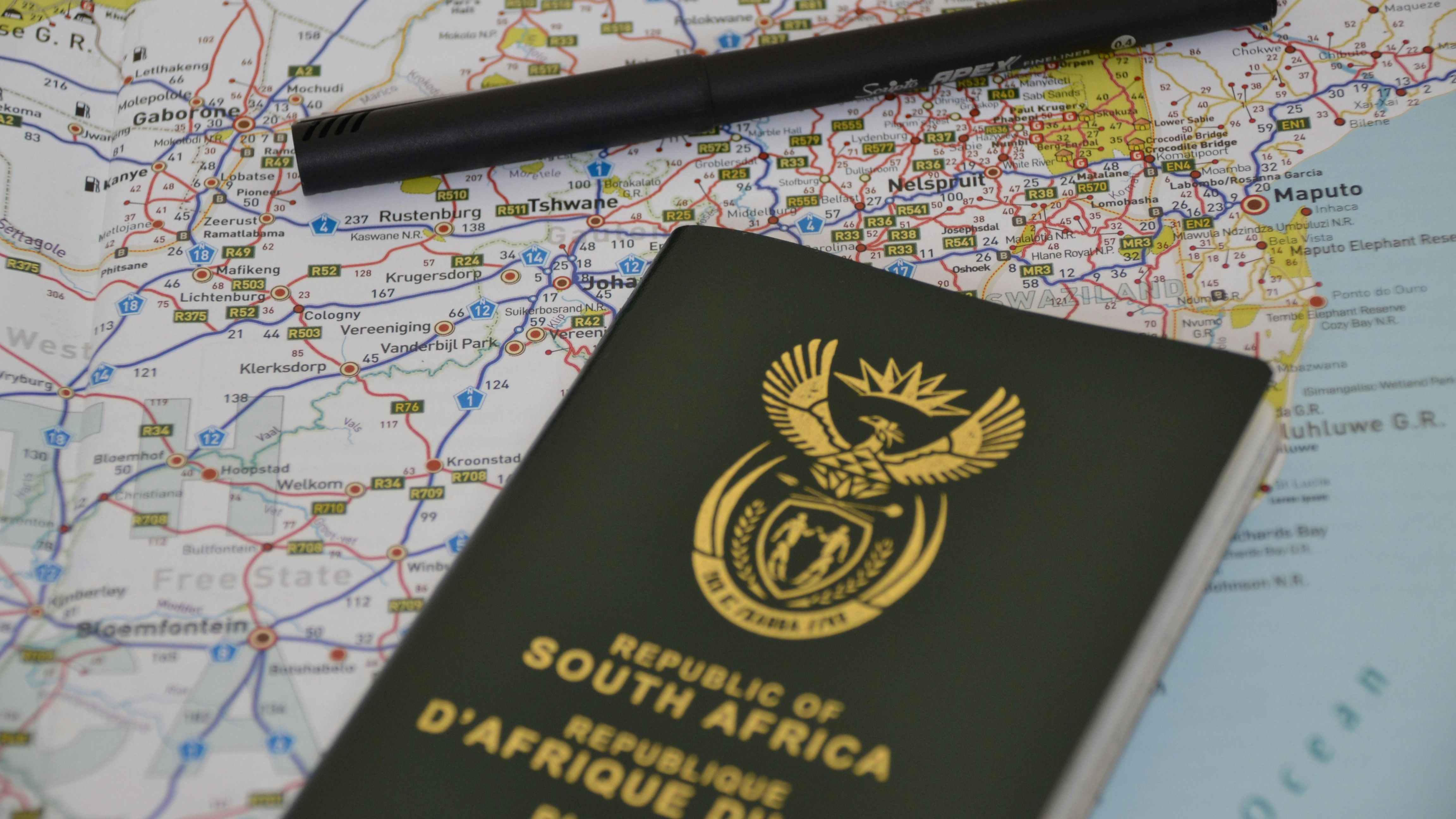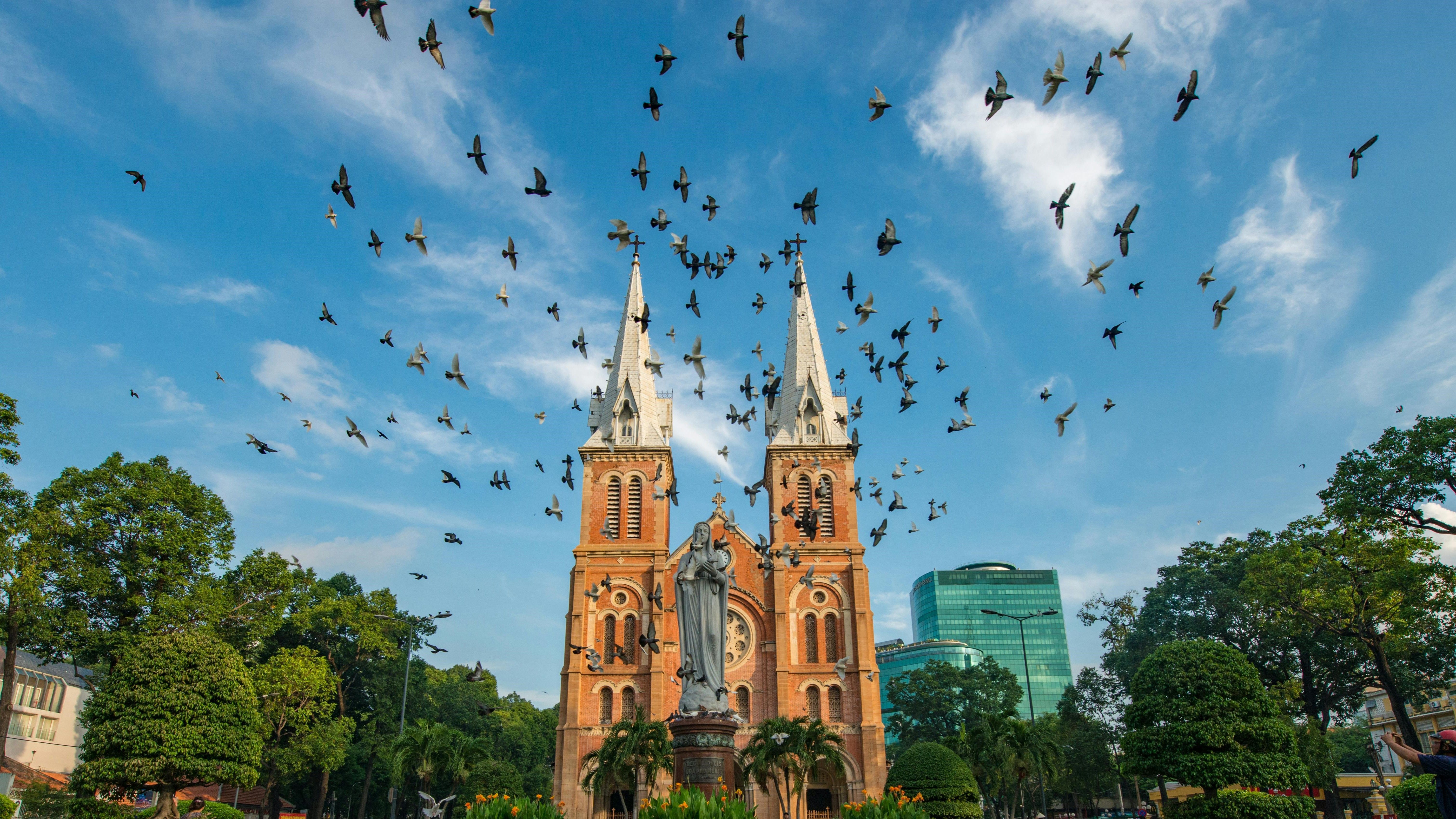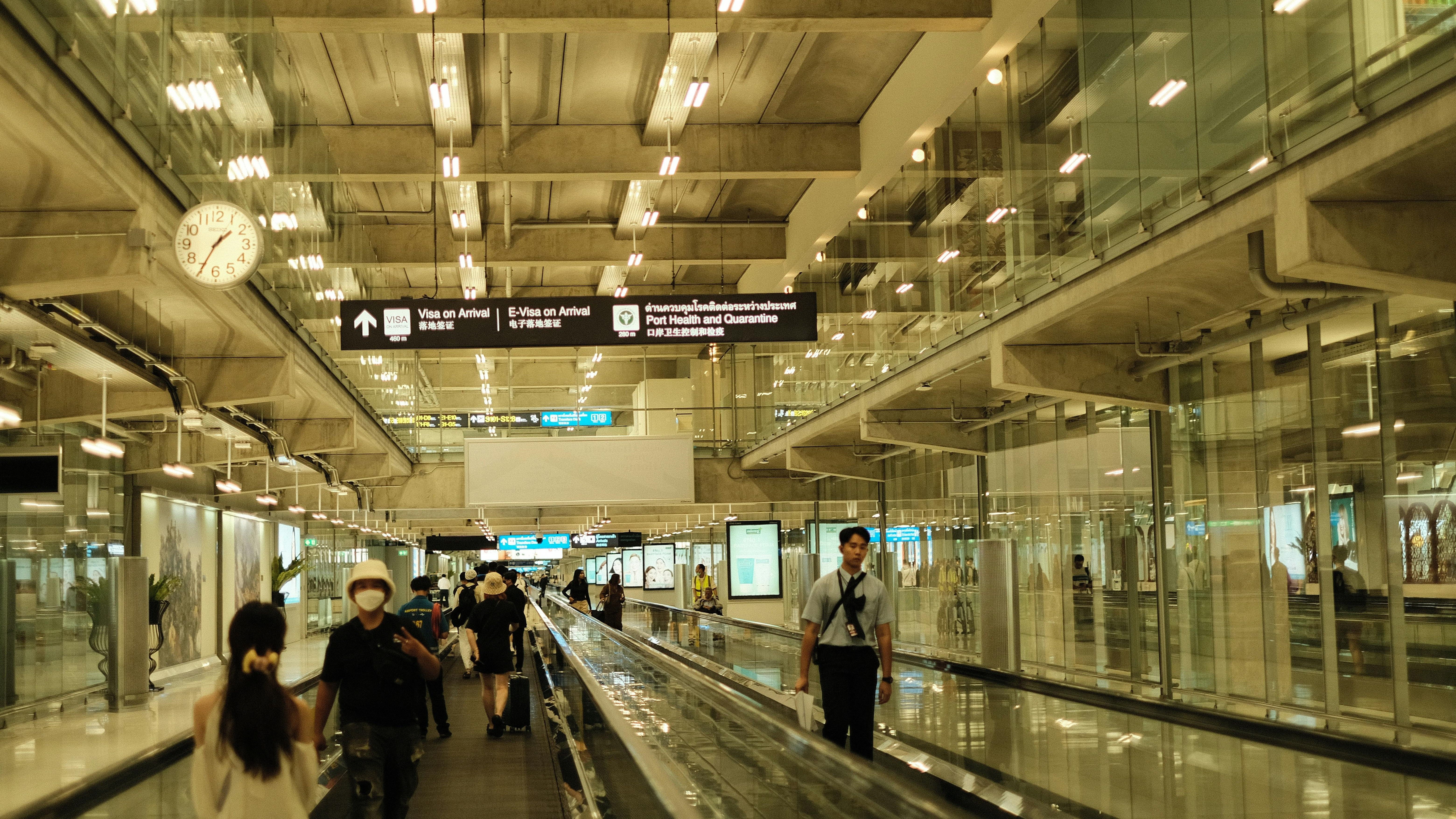
Vietnam’s Visa Process: What You Need to Know Before You Go
Planning a trip to Vietnam requires careful preparation, and one of the most important steps is securing your visa. Vietnam offers several types of visas, depending on the purpose of your visit and the duration of your stay. Here's a comprehensive guide to help you navigate Vietnam's visa process smoothly, ensuring that you're ready for your adventure without any unexpected hurdles.
Visa Types for Vietnam

Vietnam offers different visa types, and the right one for you will depend on your travel plans:
Tourist Visa (DL): This is the most common visa for travelers visiting Vietnam for leisure. You can apply for a single-entry or multiple-entry visa, with validity ranging from 30 to 90 days.
Business Visa (DN): If you're traveling for work purposes, you'll need a business visa, which can be valid for one month, three months, six months, or one year.
E-Visa: Vietnam now offers an e-visa program for citizens of over 80 countries. This single-entry visa allows for a stay of up to 30 days and can be easily applied for online.
Visa Exemption: Citizens of certain countries, such as South Korea, Japan, and ASEAN countries, can enter Vietnam without a visa for a specified period (ranging from 15 to 30 days). Make sure to check the latest exemption rules before your trip.
How to Apply for a Vietnam Visa

There are two main ways to apply for a Vietnam visa: through an embassy or consulate, or online through the e-visa system.
Applying via Embassy/Consulate: This traditional method requires you to visit a Vietnamese embassy or consulate in your home country. You'll need to submit your passport, a completed application form, photos, and the visa fee. Processing time typically takes a few days to a week.
E-Visa Application: The e-visa process is faster and more convenient for eligible travelers. You can apply online by filling out an application, uploading your photo, and paying the fee. Once approved, you'll receive an email with the visa, which you can print out and present upon arrival.
Visa on Arrival vs. E-Visa
Vietnam offers a Visa on Arrival (VOA) option, but it’s important to note that this service is only available if you enter Vietnam via specific international airports. You must apply for an approval letter online before your trip, which you'll present upon arrival to receive the visa stamp. The e-visa, on the other hand, is entirely electronic and covers entry at several airports, land borders, and seaports, making it more flexible for different types of travelers.

Required Documents
When applying for a visa, make sure to have the following documents ready:
- A valid passport with at least six months of validity remaining
- Completed visa application form
- Passport-sized photos (usually 4x6 cm)
- Visa approval letter (if applying for a VOA)
- Visa fee, which varies depending on the visa type and processing time
Visa Extension
If you plan to stay longer in Vietnam than your visa allows, you can apply for an extension while in the country. It's recommended to start the extension process a few weeks before your visa expires, either through a local travel agency or the Vietnam Immigration Department.

Tips for a Smooth Visa Process
Apply Early: To avoid any last-minute issues, apply for your visa well in advance of your departure date.
Check Entry Points: Ensure that your visa type covers the port of entry where you plan to arrive, as certain visa types like e-visas may only be valid at specific airports or land borders.
Prepare Documents: Always carry both digital and printed copies of your visa approval letter, e-visa, or any relevant documents, as you may be asked to present them at immigration.
Planning ahead will help you avoid any potential visa issues during your trip. Speaking of mistakes to avoid, be sure to check out our guide on Top Travel Mistakes to Avoid in Vietnam: Tips from Experienced Travelers to ensure you’re fully prepared for your visit.
Conclusion
Understanding Vietnam's visa process is crucial for a hassle-free trip. Whether you're applying for a tourist visa, using the e-visa system, or extending your stay, planning in advance and knowing the requirements will help you start your journey without any complications. And while you're in Vietnam, don't miss out on unforgettable experiences like a Hanoi City Tour where you can witness one of the country's most breathtaking capital.